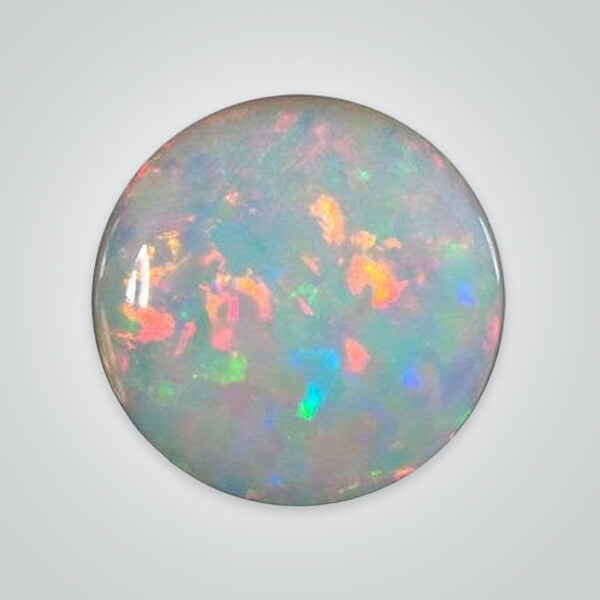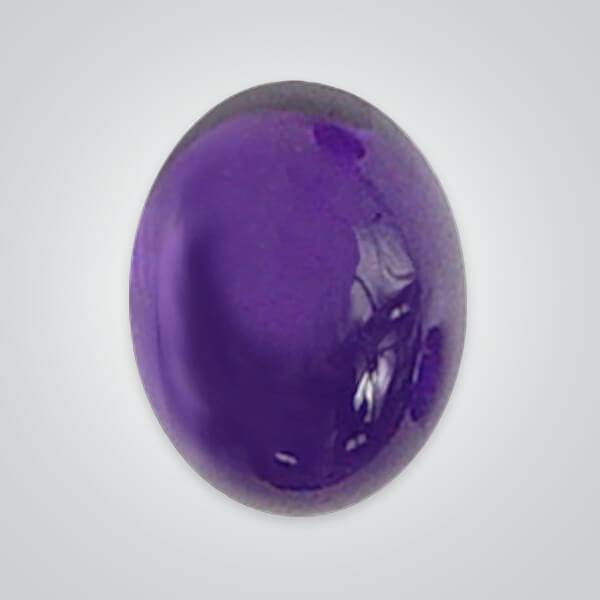
An Introduction to Synthetic Gemstones
Precious Gemstones are highly regarded due to their lustrous appearance, attractiveness, and their relatively scarce occurrence in nature. They are scattered all over the depths and surfaces of the earth, on ocean beds and even inside rocks. In fact, the rarer the jewel, the more valuable it is and definitely the more expensive. Interestingly, some of these treasured stones have also been the root cause of many wars and conflicts in different parts of the world.
Popular examples of these gems are diamond, ruby, jade, spinel, alexandrite, beryl, turquoise, amber, sapphire, topaz, amethyst, emerald, quartz, pearl, onyx etc. There are well over a hundred known gemstones. These stones are crystalline minerals. Crystals are substances that are made of very tiny particles arranged in 3-dimensional space within the solid. They also contain inorganic materials that give them a definite chemical and physical composition. However, not all substances called gemstones are inorganic crystalline minerals. Pearl and amber are made up of organic matter but they are still referred as gems because they are rare and valuable.
Gemstones have found the most use in jewelry and ornamental decorations. Some gemstones also have various industrial uses, for example diamond (which is the hardest substance known) is used in mining and in drilling machines while quartz is popular in making parts of clocks and watches.
Common definitions of gemstones
In 1974, the International Committee on Technical Terminology (ICTT) proposed the following definitions. These definitions have become very much associated with gemstones:
Synthetic (n.): A human-produced chemical compound or material formed by processes that combine separate elements or constituents so as to create a coherent whole; a product formed.
Synthetic (adj): Pertaining to, involving, or of the nature of synthesis; produced by synthesis; especially not of natural origin.
Homocreate (n): A human-produced substance (solid, liquid, or gas) whose chemical and physical properties are within the range of those possessed by the specific variety of the natural substance that the homocreate is intended to duplicate.
Homocreate (adj): Synthetic and possessing chemical and physical properties that are essentially the same as those of their natural counterpart; created the same way.
What are synthetic gemstones?
Gemstones created in the lab and not by natural processes are called synthetic gemstones. Men have always had the curiosity to create something valuable out of ordinary materials, since the days of alchemy. Scientific experiments towards re-creating gemstones artificially started around the beginning of the 19th century. With the invention of the blow torch combined with the scientific knowledge that minerals are subjected to high temperatures under natural conditions, scientists began seeking ways to replicate precious stones. By the end of that century, artificially synthesized gemstones had already begun to appear in the markets in tiny bits and pieces. Rubies and sapphires are recorded to be the earliest gems to be successfully imitated and synthesized. These synthetic stones can be made from plastic, glass or chemical compounds called ingredients or nutrients. The processes involved in making these stones are both expensive and time-consuming and require a lot of patience and expertise. With the advent of technology, the processes of imitating gemstones have seen rapid developments and modern techniques like irradiation, and crystallization seems to be making it easier. Diamond has been successfully replicated, although in small amounts from graphite. It also physically bears resemblance to cubic zirconium for an untrained eye.
Difference between and natural and synthetic gemstones
Perhaps the most astonishing fact about synthetic gemstones is that they are exactly like the natural stones. They contain exactly the same chemical compositions and are exactly alike. Sometimes it becomes an overwhelming task for even trained and experienced gemologists (scientists who study gems) to differentiate between the natural and the synthetic. However, the only difference between the natural and synthetic is that the synthetic species are ‘perfect’. Since they are created in the laboratory they lack the impurities present in the earth that adds a little ‘color’ to the natural stones. Unfortunately, this perfection is also their undoing as gemologists try to identify the sparkle from the impurities in determining whether a jewel is natural or not. But still, it is also possible to add impurities to synthetic gemstones.
To prevent confusion in identifying gems, several authorities have made regulations regarding disclosure before sales of any gemstone. Even before disclosure, many sellers do not know the origin of the jewels they have on offer. Because the stones have passed through several hands and with each point in the line, some information are altered, ignored or left out.
Synthetic gemstones contain the same chemical make-up as the natural gems even in purer forms. Despite this, they cost far less than the natural stones. For example a piece of diamond mined naturally could cost more than a hundred times the amount for artificial diamond of the same size produced in the lab. There are arguments that in the near future, this disparity in pricing will become extinct as more people will begin appreciating the quality of synthetic gems and will not fancy paying exorbitant prices for the natural ones.
Methods of preparing synthetic gemstones
One of the most popular methods of preparing synthetic gemstones is the flame fusion method or Verneuil process. It is named after the french chemist Augusté Verneuil who along with Edmond Frémy designed the method around 1880. Although over time some variations and modifications have been applied to the original model, the working process still remains virtually the same.
Although Verneuil’s design was primarily for the synthesis of rubies, other stones could also be synthesized by changing the major ingredients. The principle of Verneuil process involves melting a finely powdered alumina and chromium oxide using an oxyhydrogen flame at a temperature of about 4000°F, and crystallizing the melted droplets into a mold. The idea for the design of the Verneuil furnace was inspired by the blow torch.
The furnace could be adapted to produce blue sapphire and star sapphire by introducing ferric oxide and titanium dioxide to replace the chromium oxide and allowing the setup to proceed for longer times at higher temperatures. Small amounts of the desired gemstones could also be added. In fact, this process laid the foundation for other techniques, such as the hydrothermal and flux process used in synthetic gem production today.
To conclude, it is safe to say that synthetic gemstones are the inexpensive versions of natural gemstones with almost the same beauty and functionality.





